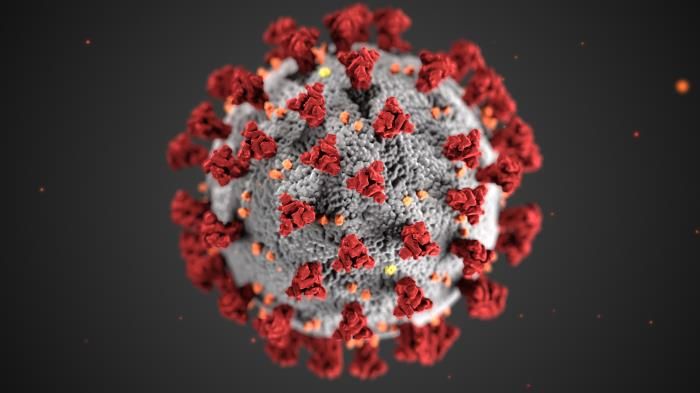“Lung Ultrasound First” Policy Controls Provider COVID-19 Exposure
Adhering to a policy of using lung ultrasound as an initial scan reduced the use of other imaging options.

Using lung ultrasound scans each day to image patients positive for COVID-19 who have acute respiratory failure diminished the need for using other types of imaging, new research found. Using this method helped control viral exposure levels of healthcare staff, as well.
By adopting a policy of ultrasound-first, intensive care unit (ICU) attending physicians in Italy saw fewer patients require transport for the radiology department for CT scans. Keeping these patients in one spot helped limit the risk of transmission for technologists, radiologists, and other healthcare professionals who would have come in contact with these individuals, according to a research team led by Silvia Mongodi, M.D., Ph.D., from the anesthesia and intensive care department at San Matteo Hospital in Pavia.
The team published its study findings in Ultrasound in Medicine & Biology on May 6.
“Lung ultrasound gained a leading position in the last year as an imaging technique for the assessment and management of patients with acute respiratory failure,” Mongodi’s team wrote. “In coronavirus disease 2019, its role may be of further importance because it is performed bedside and may limit chest X-ray and the need for transport to radiology for computed tomography scans.”
According to the study, the hospital ICU already had a policy of using lung ultrasound alongside other imaging modalities to manage acute respiratory failure. Consequently, when the first COVID-19-positive patient entered the ICU on Feb. 21, providers were already primed to use ultrasound for daily management.
The goal of abiding by this existing protocol, the team explained, was three-fold: minimize transport of patients who were COVID-19 positive to the radiology department, reduce the number of beside chest X-rays, and control healthcare provider exposure to the virus. In following the policy, ICU providers completed a 12-area lung ultrasound on each patient with acute respiratory failure, and, if they felt it was warranted, they could order a chest CT or chest X-ray. Any findings helped identify complications, monitor lung aeration, and determine treatment.
To see whether more COVID-19-positive patients still needed more additional imaging, the team compared the number of chest CT and X-rays performed during the height of Italy’s COVID-19 period – Feb. 22 to March 22, during which the ICU reached 100-percent capacity – to the same time period a year earlier. Based on that analysis, the percentage of ICU patients with acute respiratory failure who received at least one chest X-ray or CT was roughly the same for both years, but the median number of chest X-rays dropped from three in 2019 to one in 2020. In addition, the amount of patients who underwent at least one CT fell from 31.8 percent in 2019 to 3.6 percent in 2020.
“Only two COVID-19 patients underwent CT, one twice,” the team wrote. “Similar results are obtained when considering the median number of CT scans per patient and per patient-bed day.”
Overall, the team determined opting to use lung ultrasound as the first imaging option reduced and controlled the movement of COVID-19-positive patients around the hospital. They posited that implementing the same policy elsewhere could potentially reduce the exposure for radiology department personnel, as well as help to minimize the use of personal protective equipment.
“Even in the context where use of conventional chest imaging had already been optimized by the daily practice of [lung ultrasound], a self-imposed [lung ultrasound]-based approach could further reduce the number of conventional exams,” they wrote.
Clarius Mobile Health Unveils Anterior Knee Feature for Handheld Ultrasound
April 23rd 2025The T-Mode Anterior Knee feature reportedly offers a combination of automated segmentation and real-time conversion of grayscale ultrasound images into color-coded visuals that bolster understanding for novice ultrasound users.
The Reading Room: Racial and Ethnic Minorities, Cancer Screenings, and COVID-19
November 3rd 2020In this podcast episode, Dr. Shalom Kalnicki, from Montefiore and Albert Einstein College of Medicine, discusses the disparities minority patients face with cancer screenings and what can be done to increase access during the pandemic.
New AI-Enabled Portable Ultrasound May Facilitate 50 Percent Reduction in Cardiac Imaging Scan Time
March 28th 2025Artificial intelligence (AI)-powered measurement capabilities provide key features with the Compact Ultrasound 5500CV device, which was unveiled at the American College of Cardiology (ACC) conference.